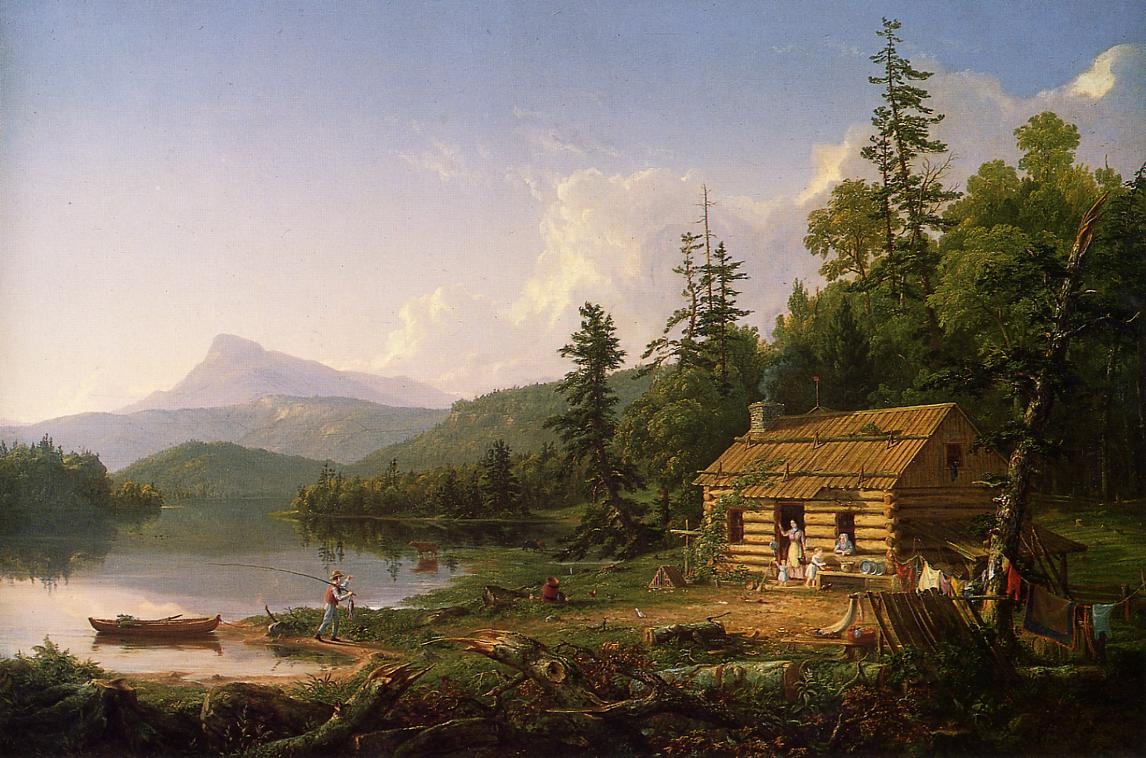Goodbye Bayern/Go West: Unterschied zwischen den Versionen
Aus ZUM-Unterrichten
Keine Bearbeitungszusammenfassung Markierung: 2017-Quelltext-Bearbeitung |
Keine Bearbeitungszusammenfassung Markierung: 2017-Quelltext-Bearbeitung |
||
| Zeile 2: | Zeile 2: | ||
# Describe what you can see.<ref>Diese Lerneinheit könnte dafür verwendet werden, das [[Arbeit_mit_Quellen/Bildquellen_analysieren_und_interpretieren|Analysieren und Interpretieren von Bildquellen]] einzuüben.</ref> | # Describe what you can see.<ref>Diese Lerneinheit könnte dafür verwendet werden, das [[Arbeit_mit_Quellen/Bildquellen_analysieren_und_interpretieren|Analysieren und Interpretieren von Bildquellen]] einzuüben.</ref> | ||
# Explain the message of the two images. | # Explain the message of the two images. | ||
# Guess what the left and the right side of the upper | # Guess what the left and the right side of the upper picture display.<br>Is there a similar order in the lower picture?}} | ||
Is there a similar order in the lower picture?}} | |||
[[File:American Progress (John Gast painting).jpg|100%]] | [[File:American Progress (John Gast painting).jpg|100%]] | ||
Aktuelle Version vom 16. Mai 2022, 06:10 Uhr
Task
Look at the pictures.
- Describe what you can see.[1]
- Explain the message of the two images.
- Guess what the left and the right side of the upper picture display.
Is there a similar order in the lower picture?
Task
- Learn about the pioneer experience on the Oregon Trail!
See: The Oregon Trail
oregontrail101.com
oregontrail101.com- What are "Jumping Off"-cities?
- Describe the route of the Oregon Trail
- Life on the prairie
amhistory.si.edu
journeymuseum.org- Explain what the Homestead Act is.
- Describe how houses in the prairie were built. Which materials did the settlers use?
- If there's no wood - how did the settlers keep the fire burning?
Ada McColl in Kansapedia (kshs.org) - How did their way of living differ from life in Germany or the East Coast?
Weblinks
- ↑ Diese Lerneinheit könnte dafür verwendet werden, das Analysieren und Interpretieren von Bildquellen einzuüben.






